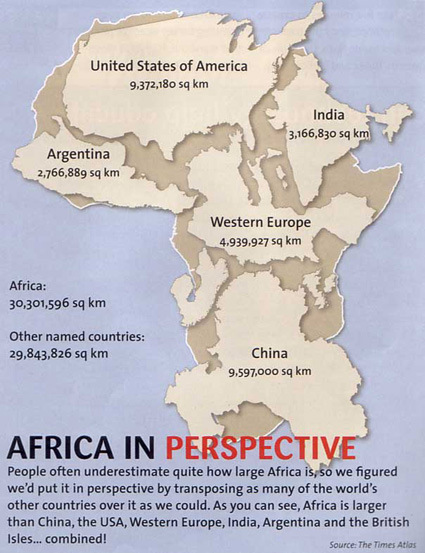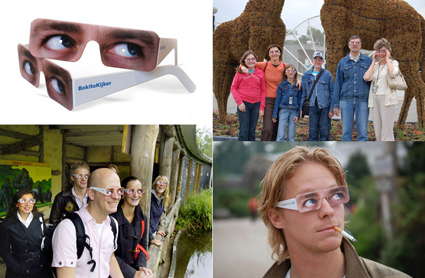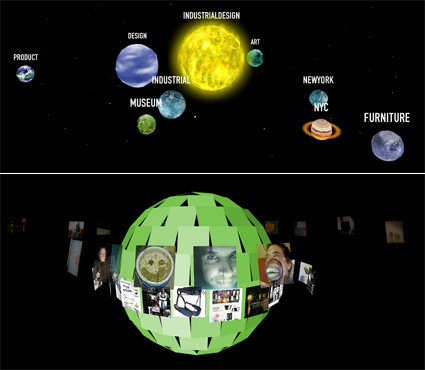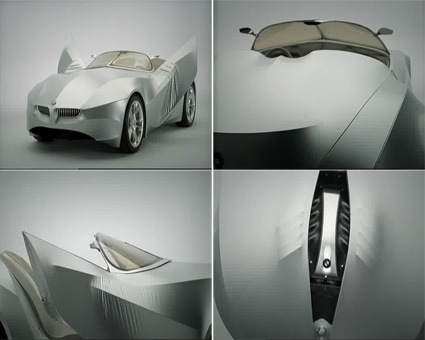
BMW has just unveiled their latest concept called GINA Light Visionary – GINA being an acronym for their design philosophy behind: Geometry and Functions In ‘N’ Adaptations (I suppose GINA sounds cooler than GIFNA?). At my first glance, I thought it was not too radical – the initial impression was a concept that was probably a sportier extension of the Mille Miglia concept unveiled back in 2006.
But after going through the video (in Youtube above), I realized it was a rather radical and refreshing perspective of automotive design – this may yet be a watershed in automotive styling. BMW has always been experts in dealing with expressive surfaces (that are often sharply ‘clipped’), with one of their master strokes being the iconic negative curvature found along the sides of many of its sportier cars. But I think in GINA they re-thought the whole tradition of car body designs.
In typical automotive designs, you have a certain structure on which you add metallic panels on. You can style these panels in as many ways as there are cars on market now – but they are generally all seen as panels. The associated possible actions are linked to traditional metal sheet forming technologies – bending, rolling, cutting, etc., as the automotive designers think of themselves as sculptors, adding or coring away extra ‘clay’.
In GINA, instead of hard panels, the body is conceived more like a soft skin wrapping against a skeleton body. While it may very well be made of metal panels eventually just like any other cars, the important thing is at the design level, the ‘skin’ metaphor brings out a whole set of different analogies and thus designs – you’re thinking about creases, pinching, pricking, etc. Design is thus by growing and subtracting the inner skeleton (which then defines the creases). I particularly liked the quote by Chris Bangle in the video: “…let’s let material talk in a different manner; and let the tooling be a different issue, instead of just a way to give us form.“
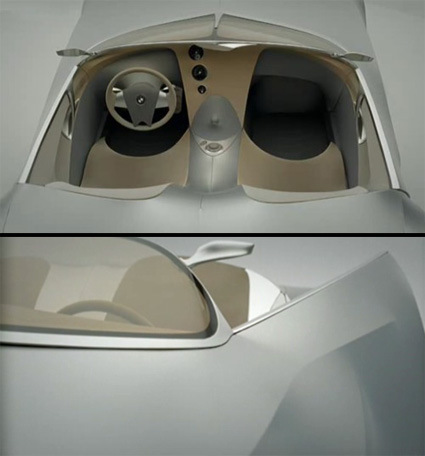
There are some other interesting features enabled by such a skin too: for example, there can be a continuous line on the sides, with the door creasing and folding away rather than opening/lifting. It could also consume less resources to build and drive, since the fabric would probably be lighter and require less manufacturing energy. Imagine also the possibility of changing the profile of your car exterior at a whim – in a fabric concept, it may be as simple as pressing a knob to rotate or shift the underlying skeleton.
It reminds me of Gehry’s Guggenheim too – which was for architecture another conceptual breakthrough: where technology has grown to such sophistication that we can in fact produce a building not by ‘ground-up’, ‘level-by-level’ structure which is then clad by facade. Instead, the building was defined much by its skin itself, its transformations and its refreshing organic lines.
In a way, I also felt it made the car more organic – it’s almost like a silent…monster. As it lifts it eyelid, the head lamps project its vision menacingly ahead; the unveiling of the bonnet reminds me of open-heart surgery; makes me think about Toyota’s ‘Human Touch’ ad too (haha both are somewhat creepy).
Overall, I must say this is one of the most refreshing and innovative concept cars that I’ve come across these years. There are many concept cars that are wild, interesting, etc. but I thought the GINA managed to tackle car design in a whole new perspective, while inheriting the qualities that make it a BMW.
Bravo to the design team!
(And if you’re the essay type, here’s their philosophy (wall-of-text!))


